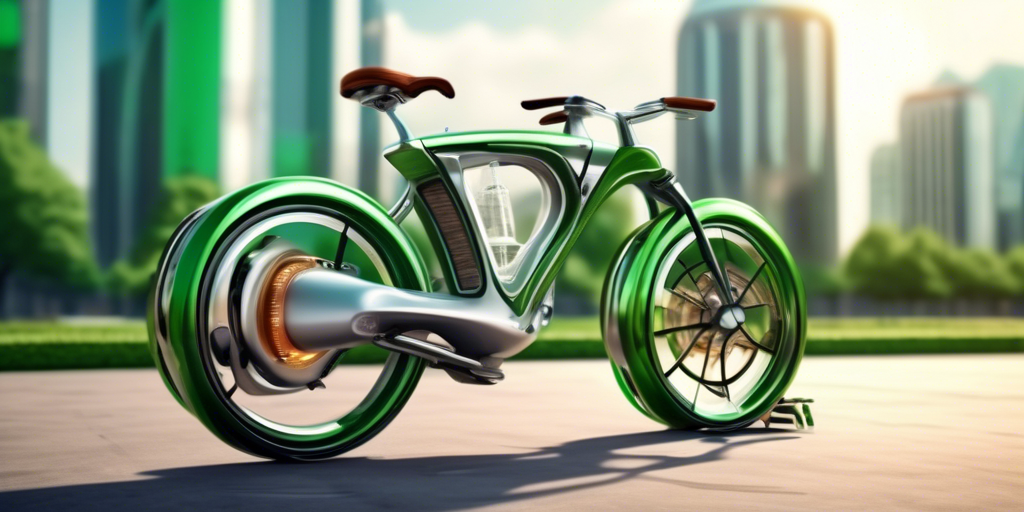Building a Stirling Engine Bike is not just an engineering challenge; it reflects a significant trend toward sustainable and eco-friendly transportation solutions. These innovative bikes are powered by the Stirling engine, which operates using heat differentials, making them an excellent alternative to traditional gas-powered vehicles. As we move into 2025, the concept of Building a Stirling Engine Bike is gaining traction among eco-conscious consumers and inventors alike.
The Stirling engine converts thermal energy into mechanical work, allowing the bike to run efficiently and quietly. This technology has been around for centuries, but its application in personal transportation is relatively new. The combination of renewable energy sources with the Stirling engine makes it an attractive option for bike enthusiasts.
🎯 Advantages of Stirling Engine Bikes
One of the primary benefits of Building a Stirling Engine Bike is its environmental impact. Unlike conventional bikes that rely on fossil fuels, Stirling engine bikes can utilize various heat sources, including solar energy. This capability significantly reduces greenhouse gas emissions.
Moreover, the efficiency of the Stirling engine means longer rides without the need for frequent refueling. Riders can enjoy extended travel times while minimizing their carbon footprint. This feature is especially appealing to those who are concerned about climate change and wish to reduce their reliance on non-renewable resources.
💡 Technical Challenges and Innovations
Despite the benefits, there are technical challenges in Building a Stirling Engine Bike. Engineers must ensure that the engine is lightweight and compact enough for cycling. Additionally, creating a reliable heat source that works effectively in different environments is crucial.
Recent innovations in material science and engineering are helping to address these challenges. For instance, advances in thermoelectric materials are improving the efficiency of heat conversion. With continuous research and development, the dream of a fully functional Stirling engine bike is becoming increasingly attainable.
⚡ The Future of Eco-Friendly Transportation
As the world moves toward greener solutions, Building a Stirling Engine Bike could play a pivotal role in transportation. Cities are now exploring policies that promote eco-friendly vehicles, making this technology even more relevant.
In 2025, we may see more manufacturers adopting Stirling engines in their designs. This shift could revolutionize the cycling industry, catering to a growing demographic of environmentally-conscious consumers looking for sustainable travel options.
In conclusion, Building a Stirling Engine Bike represents a significant step forward in sustainable transportation. By combining innovative engineering with eco-friendly practices, these bikes could reshape how we think about personal transport. Share this exciting development with your friends and family, and join the movement toward a greener future. Click to view more details.
